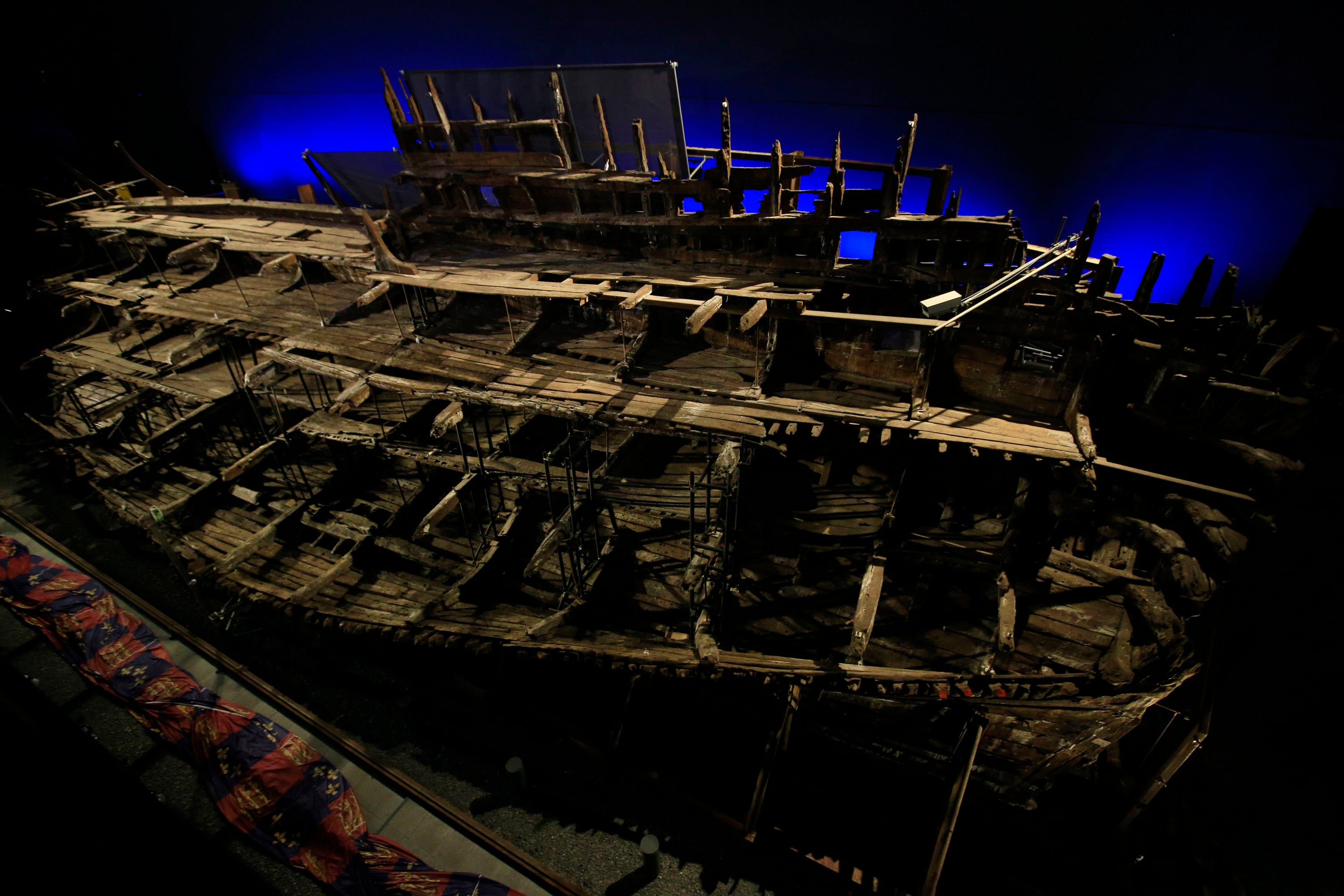Henry VIII’s Mary Rose had a multinational crew, research suggests
‘This adds to the ever-growing body of evidence for diversity in geographic origins, ancestry and lived experiences in Tudor England’

New research has found that Henry VIII’s favourite ship - the Mary Rose - was run by a multinational crew.
It is thought as many as three of the eight crew of the Tudor warship may have originated from southern European coasts, Iberia and North Africa.
This new analysis shows the remaining five members of the crew were most likely brought up in western Britain.
A team at Cardiff University, working in tandem with the Mary Rose Trust and the British Geological Survey, used multi-isotope analysis to reveal the ancestry, childhood origins and diets of some of the crew who worked and perished on the ship.
Chemical tracers remained in the teeth of the crew, which revealed the food and water they consumed in childhood, providing evidence for geographical location.
Study author, Jessica Scorrer, said: "Our findings point to the important contributions that individuals of diverse backgrounds and origins made to the English navy during this period.
"This adds to the ever-growing body of evidence for diversity in geographic origins, ancestry and lived experiences in Tudor England."
Dr Richard Madgwick, also from Cardiff University, said: "We have been able to reconstruct the biographies of eight people from the Tudor period in much more detail than is usually possible.
"This has shown their diverse origins and provided the first direct evidence for mariners of African ancestry in the navy of Henry VIII."
The eight crew members featured in the research are now a part of The Many Faces Of Tudor England; an exhibition at the Mary Rose Museum in Portsmouth.
Dr Alexzandra Hildred, from the Mary Rose Trust, added: "The variety and number of personal artefacts recovered which were clearly not of English manufacture made us wonder whether some of the crew were foreign by birth.
"However, we never expected this diversity to be so rich. This study transforms our perceived ideas regarding the composition of the nascent English navy."
The study, entitled Diversity aboard a Tudor warship: investigating the origins of the Mary Rose crew using multi-isotope analysis, is published in the journal Royal Society Open Science.
The Mary Rose was a successful warship and served Henry VIII for 34 years.
She sank during the Battle of the Solent in 1545 resulting in the deaths of the vast majority of her crew.
In 1982, 437 years after she sank, the remains of the Mary Rose and 19,000 artefacts were recovered, and many are conserved and displayed in Portsmouth Historic Dockyard.
Whilst this study reveals the new information that the Mary Rose crew was multinational, Tudor England was more diverse than assumptions may suggest, with literature showing African people were present at the royal courts of Henry VII, Henry VIII, Elizabeth I and James I, and in the households of Sir Walter Raleigh and William Cecil.
Join our commenting forum
Join thought-provoking conversations, follow other Independent readers and see their replies
Comments